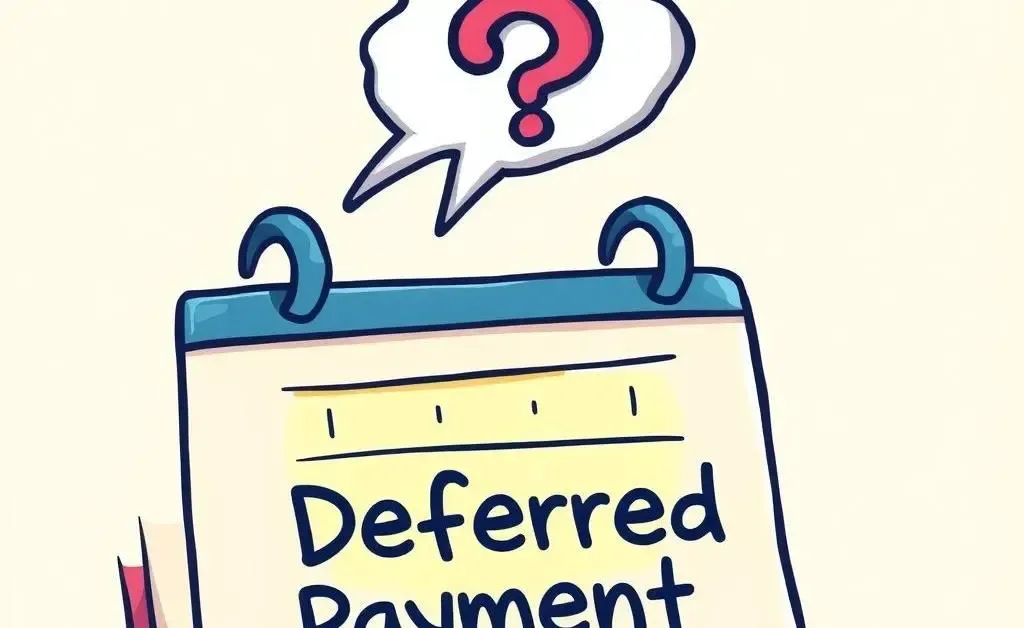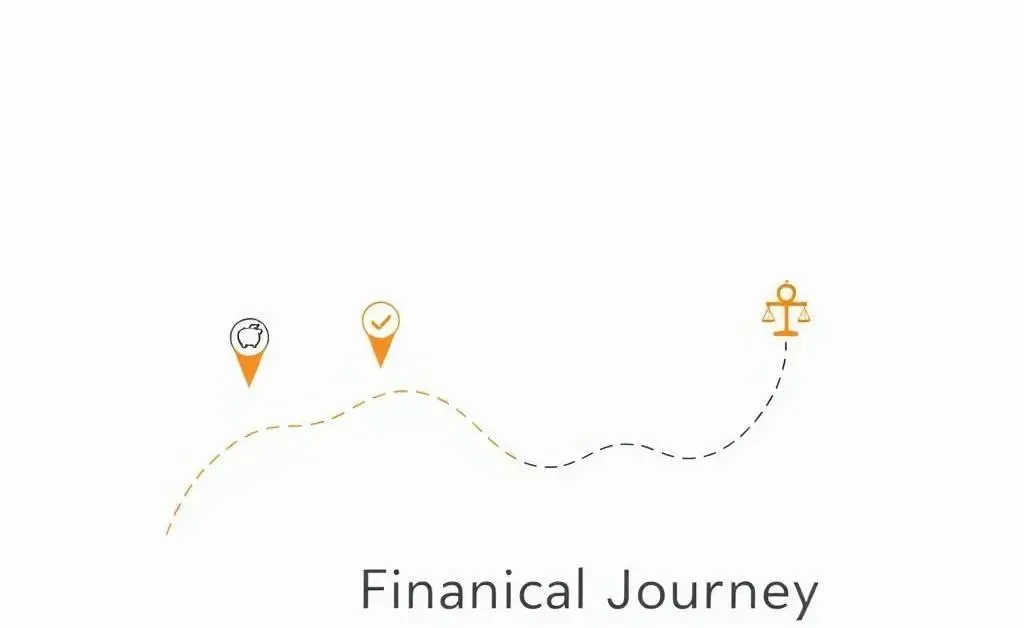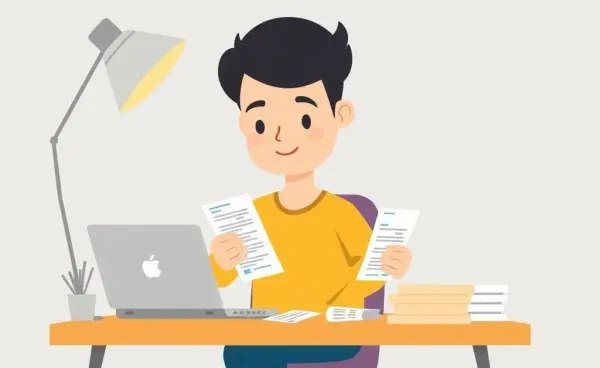Navigating Debt Relief: What You Need to Know
Explore practical insights on tackling debt relief while managing deferred payments.

Hey there! Let's chat about something that isn't always fun, but oh so important - debt relief when you're juggling deferred payments. If you're anything like me, the idea of managing debt can feel a bit overwhelming, but with some patience and a solid plan, it becomes manageable.
Understanding Deferred Payments
First things first, let's break down the concept of deferred payments. Essentially, deferring a payment means that you delay paying it for some time. It's like hitting the pause button on a bill, but keep in mind, those payments are still due eventually.

While deferring a payment can provide temporary relief, it's crucial to re-evaluate your financial standing during this period. Why? Because once the deferred time is up, you need to be ready with a plan.
Crafting Your Debt Relief Plan
It's like setting off on a journey with a roadmap in hand. Start by listing all your debt obligations. Make sure you include everything!

Set Priorities
Once you have a complete overview, prioritize your debts. Some debts might have higher interest rates or stricter terms, so you might want to focus on those first.
Cutting Back
Consider areas where you can reduce your spending. Perhaps dine out a bit less or swap that premium coffee for a homebrew?
Significant Support Systems
Don't shy away from seeking help. Reach out to financial advisors or use reliable resources like the Consumer Financial Protection Bureau. They can offer tailored advice that's right for you.
Financial Habits for Long-Term Stability
Establishing good habits is perhaps the best gift you can give your future self. Regularly monitor your finances and adapt your plans as needed.

Remember, navigating debt isn't a sprint; it's a marathon. With each step, celebrate your progress and adjust where necessary. You’ve got this!




